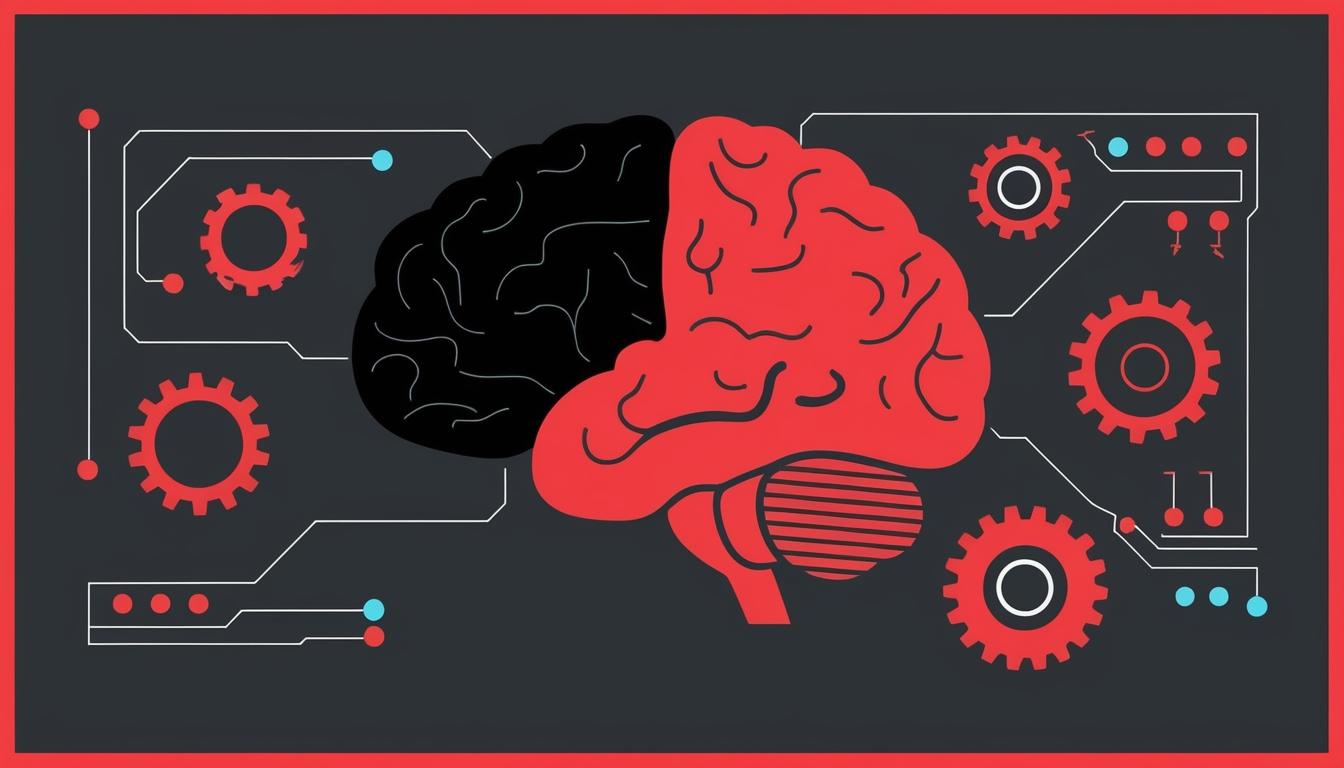The landscape of artificial intelligence (AI) is rapidly evolving, as demonstrated by the introduction of the o1 model by OpenAI in 2024. This advancement showcases significant strides in complex reasoning through an innovative approach known as test-time computing scaling. This model enhances System-2 thinking—characterised by deep processing and reasoned decision-making—by allocating increased computational resources during inference, thereby improving problem-solving capabilities in AI.
Underlying this development are the concepts of System-1 and System-2 thinking, drawn from cognitive psychology and employed in AI to articulate different processing strategies. System-1 thinking is attributed to models that rely heavily on quick pattern recognition and intuitive responses, often at the expense of robustness and adaptability. In contrast, the o1 model exemplifies System-2 thinking, which permits incremental reasoning and the formulation of intermediate steps—a capability vital for more intricate reasoning tasks.
Despite technological advancements in deep learning and large language models (LLMs) like GPT, traditional methods of scaling during the training phase are constrained by limitations surrounding data availability and computational power. OpenAI's o1 model addresses this by demonstrating how increasing computational effort during inference can significantly enhance model accuracy and robustness, thereby tackling some of the inherent flaws of conventional machine learning methodologies.
Research conducted by teams from Soochow University, the National University of Singapore, and Ant Group delves into the evolution of test-time computing, which has transitioned from a focus on addressing distribution shifts in System-1 models to enhancing reasoning capabilities in System-2 models. This transformation is illustrative of a broader shift in AI research, seeking to integrate advanced reasoning strategies such as repeated sampling, self-correction, and tree search methods that emulate human-like problem-solving.
Another aspect of improving AI's reasoning capabilities is through Test-time Adaptation (TTA), which refines models by incorporating feedback during the inference process. Central to this is the understanding of learning signals, parameter updates, and efficiency considerations. Such techniques, including Fully Test-time Adaptation (FTTA) and various feedback mechanisms, aim to optimise the outputs of AI systems, while also ensuring they remain adaptable and relevant in the face of new information or shifting contexts.
The implications of these developments in test-time reasoning are substantial. The two primary components—feedback modelling and search strategies—allow for human-like reasoning processes to emerge within AI. Methods such as score-based evaluations and verbal feedback contribute to refining outputs, while diverse search strategies enhance adaptability and critical thinking abilities.
Looking forward, the scope of future research into test-time computing is broad and multifaceted. Researchers aim to bolster the generalisation capabilities of System-2 models beyond specific domains like mathematics and coding, to support areas such as scientific discovery. Additionally, there is an ongoing push to enrich multimodal reasoning through the incorporation of various data types, including visual and auditory inputs. Balancing the demands of efficiency with high-performance outcomes and clarifying universal scaling laws remain fundamental challenges within the field. Ultimately, the combination of various test-time strategies and adaptation methods is expected to propel LLMs closer to achieving cognitive intelligence.
With the rapidly changing AI landscape, the focus remains on enhancing model accuracy and efficiency while prioritising privacy and ethical considerations. This call for innovation will likely facilitate further breakthroughs in how businesses can leverage artificial intelligence to optimise their operations and decision-making processes in an increasingly digital world.
Source: Noah Wire Services
